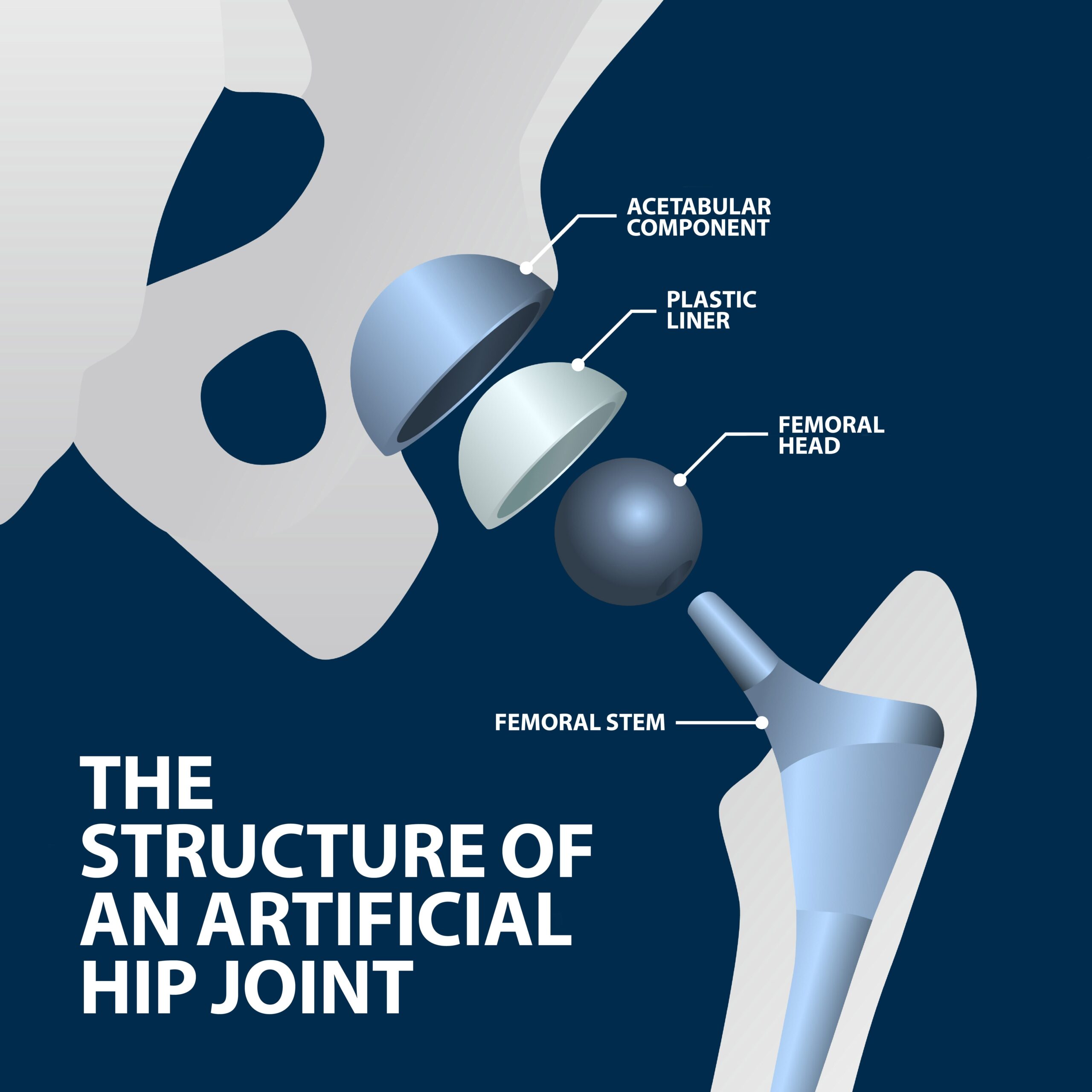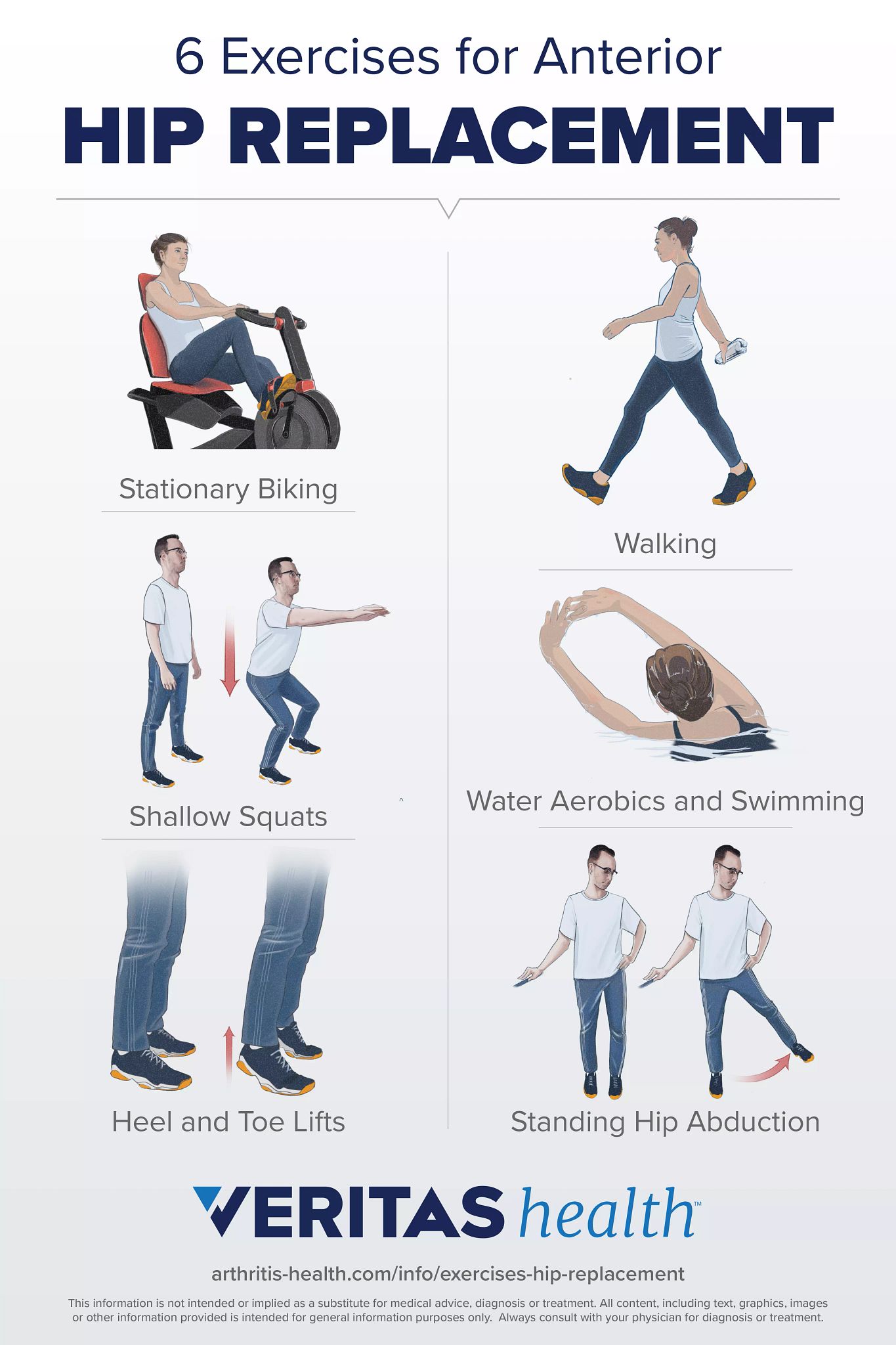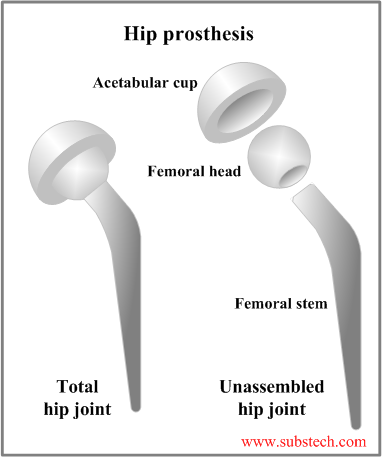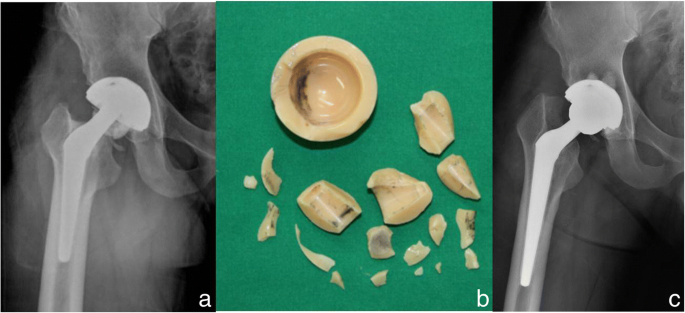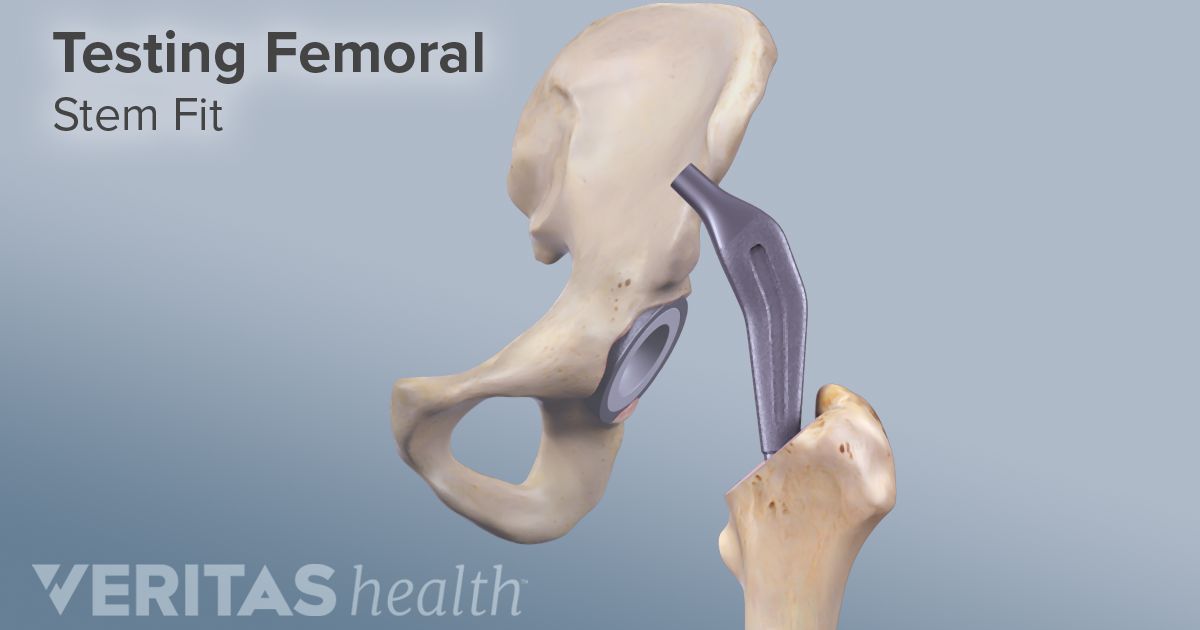A review jiri gallo a stuart barry goodman b jiri lostak a martin janout a a department of orthopaedics faculty of medicine and dentistry palacky university olomouc and university hospital olomouc czech republic.
Ceramic on ceramic hip replacement disadvantages.
A review jiri galloa stuart barry goodmanb jiri lostaka martin janouta background.
Advantages and disadvantages of ceramic on ceramic total hip arthroplasty.
A large disadvantage of this type of hip replacement however is the wear particles of the polyethylene.
Modern manufacturing techniques and developments have increased the strength and reliability of ceramic materials.
The two major drawbacks by comparison were a greater likelihood of squeaking and a higher risk of damage to the device during the operation.
Ceramic hip replacement disadvantages.
This lip serves to lower the risk of dislocation.
Disadvantages of ceramic hip replacement systems include the potential for the material to fracture the expense and noise.
However rare failure of ceramic on ceramic hip implants has occurred causing the ceramic implant to shatter and scattering debris that must be removed surgically.
Femoral neck on the rim of the ceramic liner leading to chipping especially in.
The alternative bearing couples such as metal on polyethylene and metal on metal are more inclined to wear and produce particulate debris.
One advantage the ceramic on polyethylene carries is the lack of squeaking and less total failure compared to the all ceramic counterpart.
Ceramic on ceramic hip prostheses are an increasingly popular choice for hip replacement.
A ceramic cup can not incorporate the lip that is a standard part of a plastic cup liner.
Therefore a ceramic on poly replacement has the advantage of the lip and a ceramic on ceramic has the advantage of being tougher and permitting the use of a larger femoral head.
Although the ceramics used are extremely hard and durable like diamond they are brittle.
In addition there is a small risk of a so called catastrophic failure wherein a serious fall or impact could potentially shatter the ceramic.
Despite reports of fractures and stripe wear harder.
However there are still concerns regarding fracture of sandwich ceramic liners squeaking and impingement of the.
The rate of bone deterioration associated with wear is significantly lower for ceramic implants compared with metal polyethylene implants.
Ceramic parts can be used for both knee and hip replacement.
A review pubmed current coc tha leads to equivalent but not improved survivorship at 10 years follow up in comparison to the best non coc tha.
The ceramic on ceramic systems present the greatest risk for fracture.




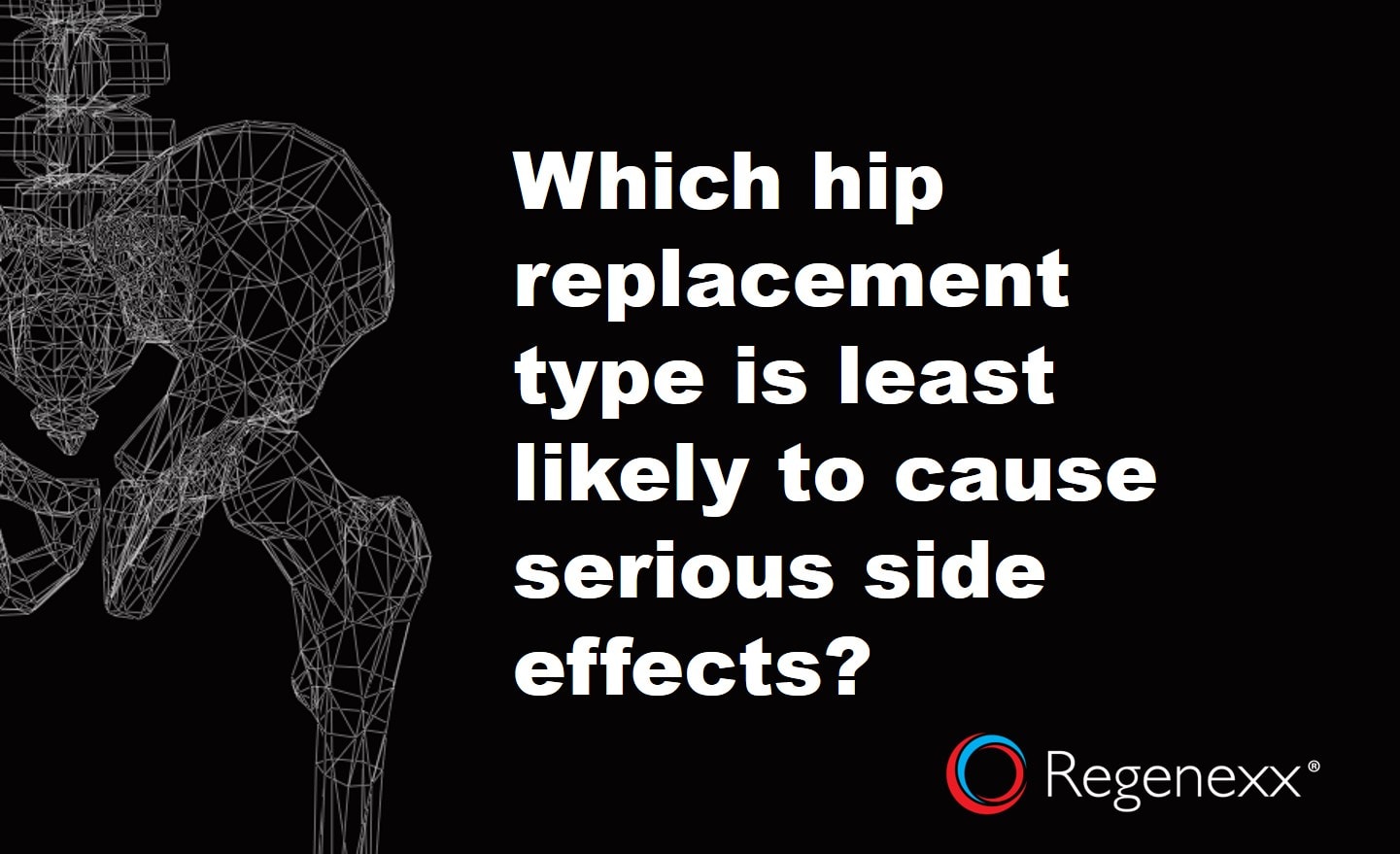







:max_bytes(150000):strip_icc()/GettyImages-693860940-5aeb10bc18ba010037a21bb2.jpg)


